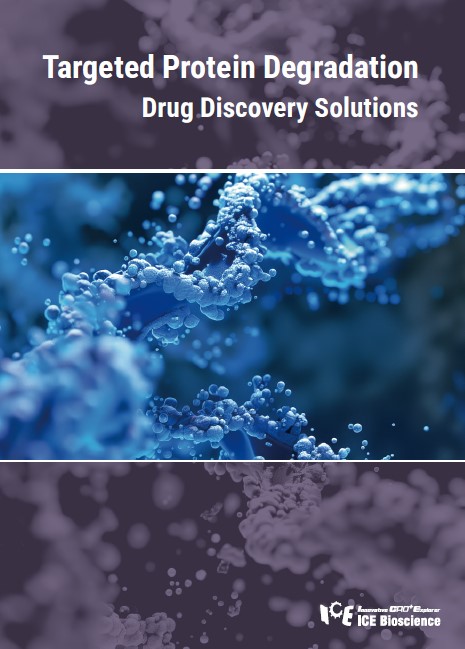Targeted Protein Degradation (TPD) has emerged as a pioneering strategy in drug discovery, transforming our approach to treating diseases that were once considered untreatable. Unlike traditional drug development that focuses on inhibition, targeted protein degraders eliminate disease-causing proteins by leveraging natural cell degradation pathways. This article delves into key manufacturing insights for targeted protein degraders, emphasizing innovative synthesis techniques, maintaining service quality, regulatory compliance, and building strong partnerships with targeted protein degraders suppliers.
Table of contents:
Innovative Techniques in Synthesizing Targeted Protein Degraders
Ensuring Consistency and Potency in Target Protein Degradation Services
Regulatory Compliance for Targeted Protein Degraders: Navigating the Landscape
Building Long-Term Relationships with Target Protein Degradation Suppliers
The synthesis of targeted protein degraders requires advanced methodologies that ensure precision, selectivity, and efficiency. Two primary elements in this process are optimizing the warhead responsible for binding the protein of interest (POI) and utilizing effective E3 ubiquitin ligases that tag the unwanted proteins for degradation. Cutting-edge approaches, such as TR-FRET, SPR, and NanoBRET assays, are employed to refine and validate these interactions. The focus is on developing ternary complex assays to optimize binding between the target protein, E3 ligases, and degrader molecules. By leveraging these technologies, target protein degradation suppliers can go beyond creating inhibitors, unlocking new possibilities for addressing challenging protein targets.

Consistency and precision are critical in targeted protein degradation services. Maintaining reproducibility in protein degradation assays is achieved by implementing standardized validation processes. For manufacturers, it means using robust in vitro and in vivo systems that closely simulate cellular environments. ICE Bioscience, for instance, employs HiBiT and NanoLuc technology in constructing plasmids for expressively tagging proteins, offering unparalleled versatility in screening degradation agents. Advanced proteomic techniques, including proximity labeling and comprehensive mass spectrometry, further assess off-target effects and fine-tune specificity, ensuring each degrader exhibits its intended potency without inducing unnecessary side effects. Such precision is vital for bringing consistent, reliable degraders to market while maintaining efficacy.
Regulatory compliance in synthesizing and deploying targeted protein degraders is a complex but vital element of the process. The dual challenge lies in navigating the unique regulatory landscape of protein degradation and adhering to safety standards tailored to this revolutionary drug discovery approach. Collaborations with regulatory consultancies are becoming increasingly essential. Additionally, conducting rigorous off-target and toxicity assessments enhances regulatory submissions and ensures patient safety. By embedding comprehensive processes that measure degradation kinetics and analyze the usage of proteasome versus lysosome pathways within their workflows, suppliers are able to ensure greater transparency and compliance at every phase of development. These processes not only provide critical insights into the mechanisms of action but also help to optimize drug efficacy and safety. From the initial stages of discovery to the complexity of clinical trials, this approach ensures a thorough understanding of molecular behavior, paving the way for more reliable and effective therapeutic solutions.
2025-12-10
2025-12-10
2025-12-10
2025-12-03
We value your inquiries and are here to provide you with tailored solutions for your drug discovery and development needs. Whether you have questions, require more information, or are interested in discussing potential collaborations, our team of experts is just a message away.
Feel free to reach out to us.